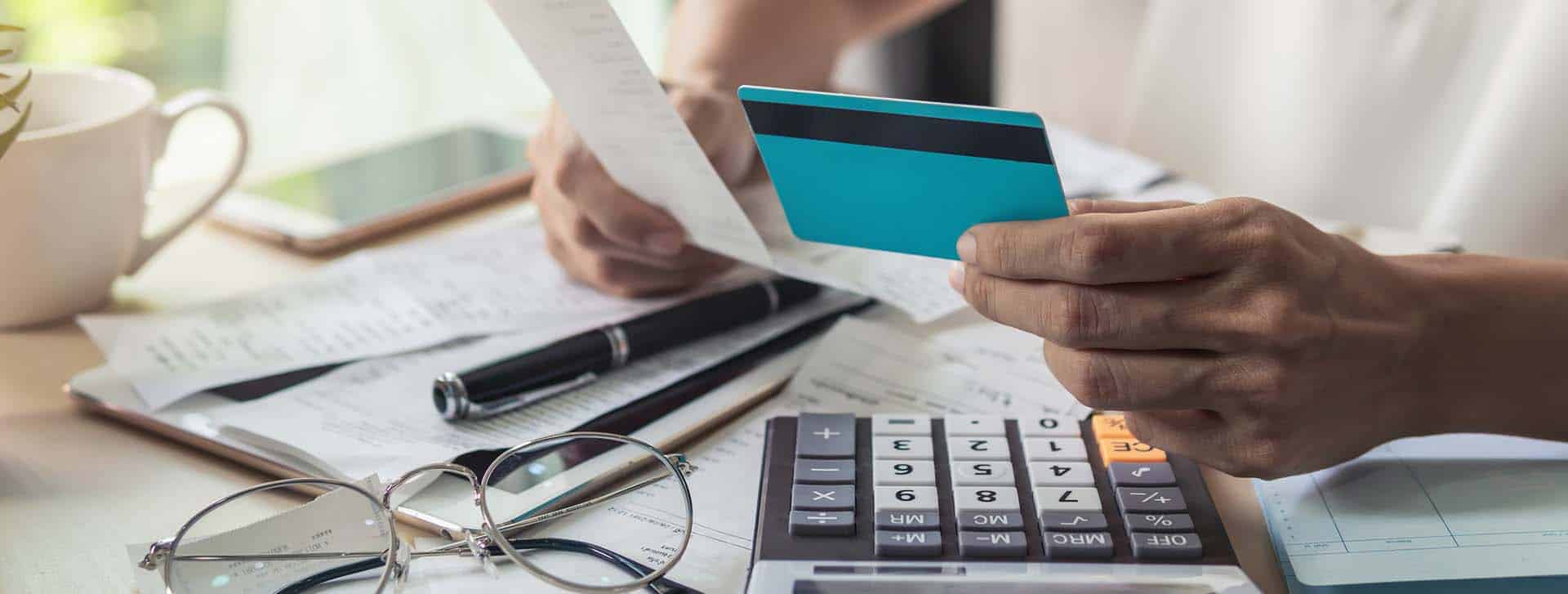Best Practices When it Comes to Paying Off Credit Card Debt

There’s the snowball method, the avalanche method, debt consolidation, and countless other ways you can pay down your credit card debt. But choosing the best debt repayment strategy for you doesn’t mean you have to commit to one approach—and what works for one person may not be right for you.
Before you go all-in on a plan to pay down your credit card debt, here are a few best practices to keep in mind and create a more personalized strategy.
1. Determine which debts to pay down first.
Two of the popular debt repayment tactics offer very different approaches: With the avalanche method, you pay down debts with the highest interest rates first. With the snowball method, you begin paying down your smallest debts and work your way up to the largest balances.
The snowball method can provide some psychological benefits—it feels great to enjoy a quick win and pay down a whole debt right away—but the avalanche method ultimately helps you save money over time, since you’ll accrue less interest. Both methods have their pros and cons, but if you’re not sure where to start, consider prioritizing the debts with the highest interest rate.
You can also reach out to your credit card company and ask them to lower your interest rate. It will likely take some persistence, but advocating for yourself can go a long way in helping to reduce your payment burden.
2. Create a budget.
You already know that budgeting can help you stay on track with your monthly expenses and goals. It’s also important for paying down credit card debt.
Include your debt payments in your monthly budget. You can also set up autopayments to your credit card accounts each month so that you’re consistently paying down your debt and avoiding the temptation to spend that money elsewhere.
Struggling to find room in your budget for credit card payments? Look for ways to reduce your monthly expenses, or check out a few of these easy ways to grow your budget.
3. Get into good financial habits to avoid future debt.
While you pay down debt, you can also begin establishing good habits to prevent additional credit card debt in the future. The first step: Pay your credit card bill in full each month.
Avoid charging more than you can pay back each month, and don’t lean too hard on credit cards for your discretionary expenses. Over time, building good habits will both bolster your credit score and help you emerge from credit card debt.

